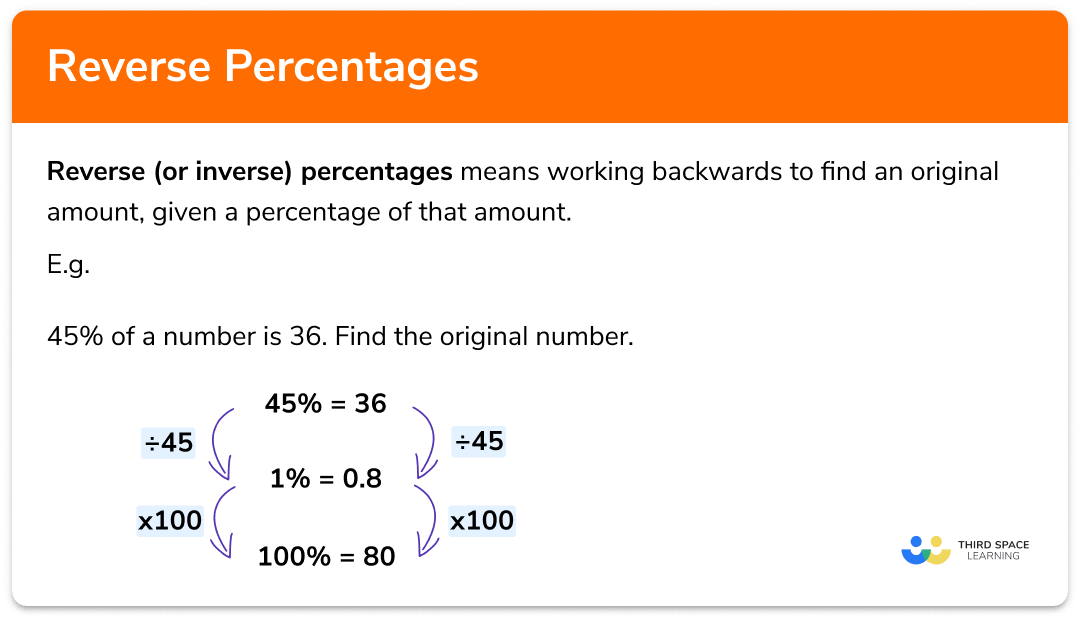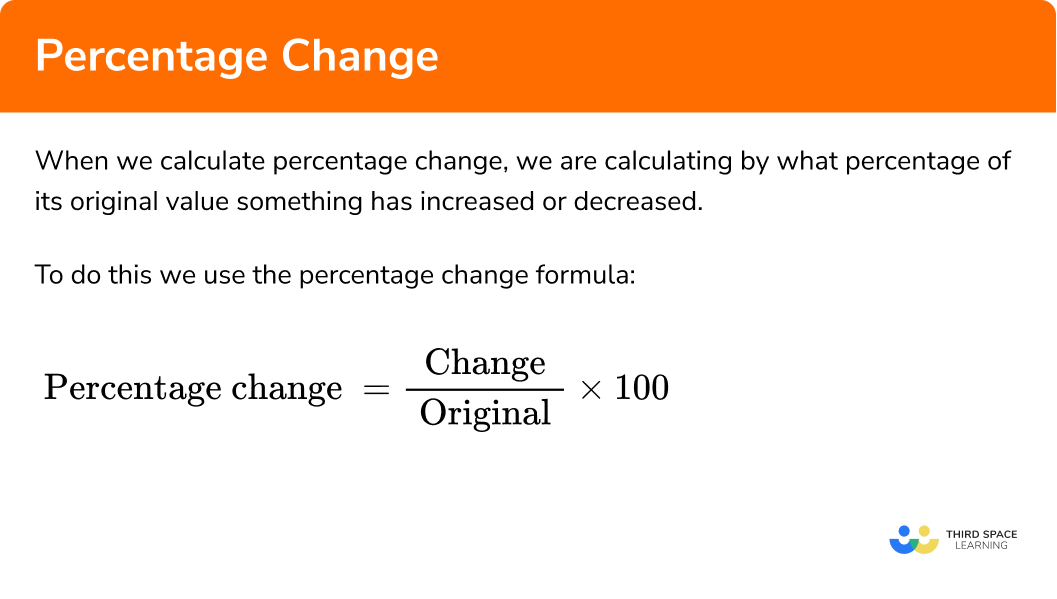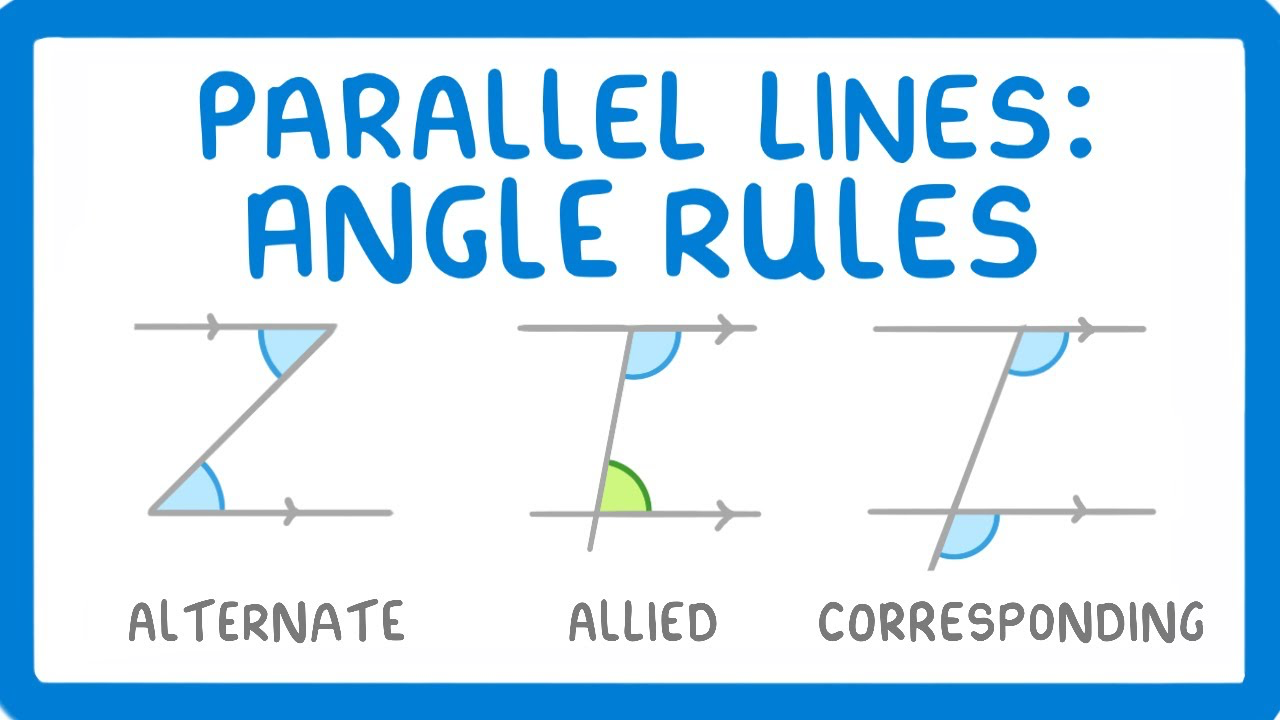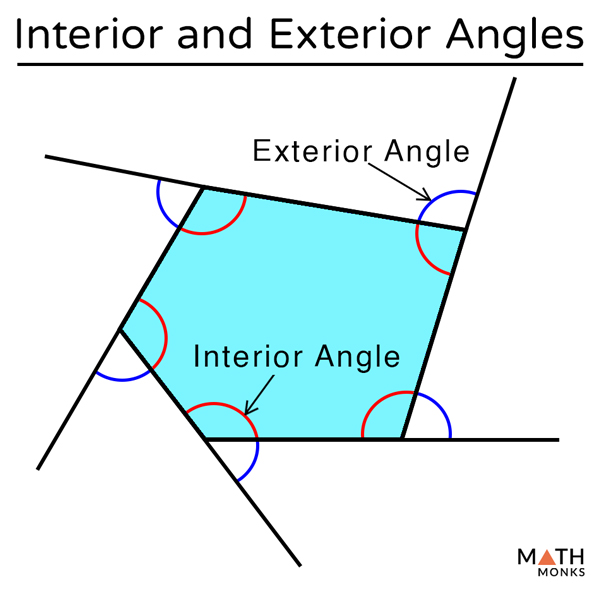
Year 9 - Maths Revision
Probability :
- Sample space diagram
- Venn Diagram
- Frequency trees
- Relative frequency/experimental probability
Percentages :
- percentage of an amount
- percentage increase/decrease
- reverse percentage
- percentage change
- expressing one number as a percentage of another
Angles :
- angles in parallel lines
- angles in polygons
- interior and exterior angles
Formulae :
- Rearranging formulae - one/two step
- Rearranging formulae involving factorising
Probability :
- Sample space diagram
Hegarty maths clip/s : 359 - Probability of more than one event (2)
- Venn Diagram
Hegarty maths clip/s : 378-391 (all to do with Venn diagrams)
! NOTE ! if they ask you to draw a Venn diagram, you must include the box around the circles as it is part of the diagram.
- Frequency trees
Hegarty Maths clip/s : 368-369 : Frequency Trees
- Relative frequency/experimental probability
Hegarty maths clip/s : 356 - Experimental probability & relative frequency
Relative frequency = number of successes
-------------------------------------
number of trials
Example :
cars | vans | other |
|---|---|---|
60 | 21 | 3 |
Relative frequency = 21/ 84 = 0.25
Percentages :
- percentage of an amount
example :
30 % of 100 = 30
10 % = (100 / 10) 10
30% = 10% x 3
- percentage increase/decrease
example :
decrease 100 by 30%
30% = 30
100 (100%) - 30 (30%) = 70
- reverse percentage

- percentage change

Example:
The population of birds on an island in 2017 was 2500.
The population of the birds was 2155 in 2018.
What is the percentage decrease of the population?
find the ‘change’
2500-2155=345
345/2500 x 100 = 13.8
- expressing one number as a percentage of another
Angles :
- angles in parallel lines

- angles in polygons
All the interior angles in a regular polygon are equal. The formula for calculating the size of an interior angle is: interior angle of a polygon = sum of interior angles ÷ number of sides. The sum of exterior angles of a polygon is 360°
formula = n - 2 x 180°
n = number of sides
Example :
what’s the interior angles add up to in a 5 - sided polygon?
5-2 = 3
3x 180 = 540°
540°
- interior and exterior angles

Formulae :
- Rearranging formulae - one/two step
Example :
9x+2=29
29-2=27
27/9=3
x=3
- Rearranging formulae involving factorising
Example :
5m - 4m = -12y - 5y
1m/1 = -12y - 5y/1
m = -12y-5y/1 = 17y
m=17y
Year 9 - Maths Revision
Probability :
- Sample space diagram
- Venn Diagram
- Frequency trees
- Relative frequency/experimental probability
Percentages :
- percentage of an amount
- percentage increase/decrease
- reverse percentage
- percentage change
- expressing one number as a percentage of another
Angles :
- angles in parallel lines
- angles in polygons
- interior and exterior angles
Formulae :
- Rearranging formulae - one/two step
- Rearranging formulae involving factorising
Probability :
- Sample space diagram
Hegarty maths clip/s : 359 - Probability of more than one event (2)
- Venn Diagram
Hegarty maths clip/s : 378-391 (all to do with Venn diagrams)
! NOTE ! if they ask you to draw a Venn diagram, you must include the box around the circles as it is part of the diagram.
- Frequency trees
Hegarty Maths clip/s : 368-369 : Frequency Trees
- Relative frequency/experimental probability
Hegarty maths clip/s : 356 - Experimental probability & relative frequency
Relative frequency = number of successes
-------------------------------------
number of trials
Example :
cars | vans | other |
|---|---|---|
60 | 21 | 3 |
Relative frequency = 21/ 84 = 0.25
Percentages :
- percentage of an amount
example :
30 % of 100 = 30
10 % = (100 / 10) 10
30% = 10% x 3
- percentage increase/decrease
example :
decrease 100 by 30%
30% = 30
100 (100%) - 30 (30%) = 70
- reverse percentage

- percentage change

Example:
The population of birds on an island in 2017 was 2500.
The population of the birds was 2155 in 2018.
What is the percentage decrease of the population?
find the ‘change’
2500-2155=345
345/2500 x 100 = 13.8
- expressing one number as a percentage of another
Angles :
- angles in parallel lines

- angles in polygons
All the interior angles in a regular polygon are equal. The formula for calculating the size of an interior angle is: interior angle of a polygon = sum of interior angles ÷ number of sides. The sum of exterior angles of a polygon is 360°
formula = n - 2 x 180°
n = number of sides
Example :
what’s the interior angles add up to in a 5 - sided polygon?
5-2 = 3
3x 180 = 540°
540°
- interior and exterior angles

Formulae :
- Rearranging formulae - one/two step
Example :
9x+2=29
29-2=27
27/9=3
x=3
- Rearranging formulae involving factorising
Example :
5m - 4m = -12y - 5y
1m/1 = -12y - 5y/1
m = -12y-5y/1 = 17y
m=17y
 Knowt
Knowt